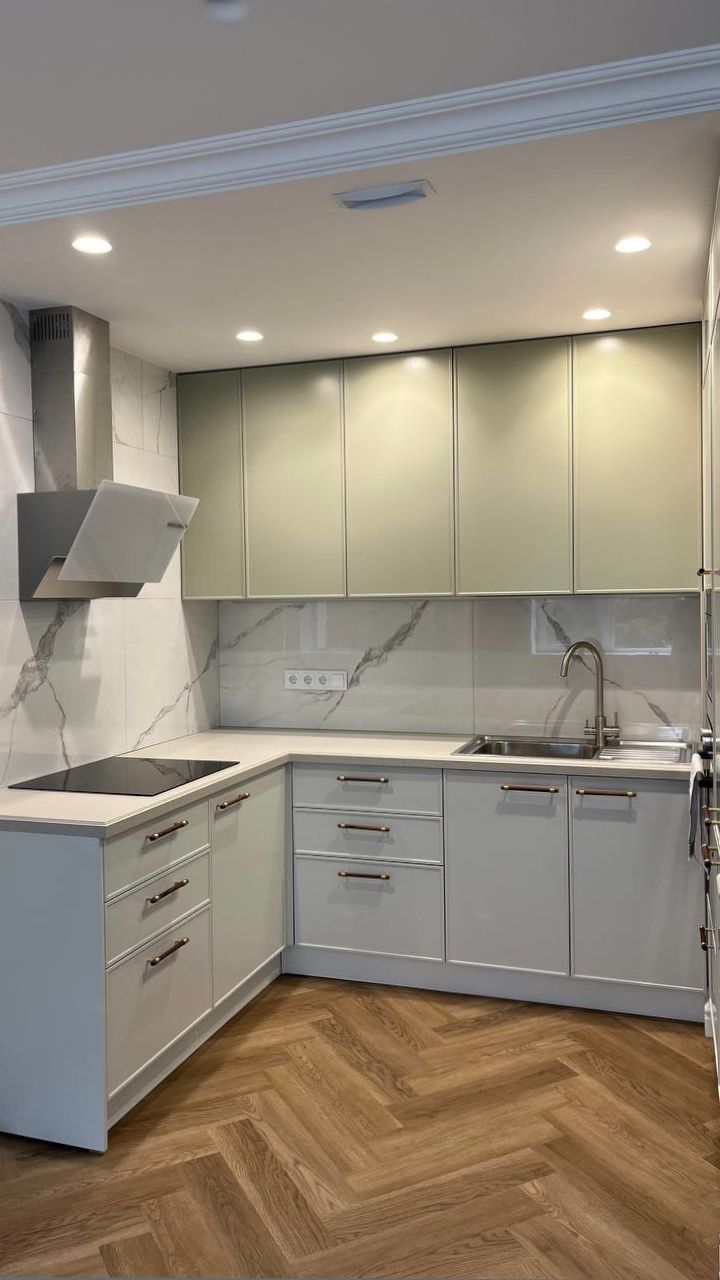
Culinary Spaces Redefined
Kitchen design has evolved substantially over the years. What was once a purely functional room tucked away at the back of the house has now become the heart of the home—a place for culinary creativity, social gatherings, and aesthetic appreciation. Today, we witness a significant transformation in the way culinary spaces are perceived and used, leading to elegant redefinitions that merge practicality with sheer beauty.
Open-Concept Elegance
The move toward open-plan living has dramatically influenced kitchen design. These culinary spaces are now seamlessly integrated into larger living areas, promoting a sense of openness and inclusivity. Elegance in these spaces is achieved through continuous design elements like complementary color palettes, consistent flooring, and harmonious material choices that merge the kitchen with adjacent living spaces, creating a unified and inviting environment.
Island Innovation
Central to the modern culinary space is the kitchen island, a versatile feature that provides additional work surfaces, storage, and seating. This innovation has been elegantly redefined with sleek lines, luxurious countertops, and bespoke features tailored to the homeowner's needs. Whether it's a cascading marble countertop or a built-in wine fridge, the island has become the modern centerpiece of culinary elegance.
Smart Technology Integration
Today's culinary spaces boast the latest in smart technology, merging convenience with sophistication. From app-controlled appliances that can be operated remotely to voice-activated lighting and sound systems, kitchens are becoming more efficient and user-friendly. Refined integration of technology ensures that it enhances the overall design rather than interrupting it, maintaining an elegant aesthetic while offering cutting-edge functionality.
Material Mastery
Elegance in contemporary kitchens is often characterized by a careful selection of materials. Luxurious stones, rich hardwoods, and sleek metals are curated to create a harmonious balance that is as pleasing to the eye as it is to the touch. Innovative combinations, like warm wood cabinetry juxtaposed with cool stone backsplashes, showcase an attention to detail that defines the modern culinary space.
Lighting as Art
Lighting is no longer just a practical necessity; it has become an art form in kitchen design. Sculptural light fixtures act as focal points, grand chandeliers add a dash of opulence, and under-cabinet LEDs offer a subtle glow that enhances the workspace. Thoughtful lighting design plays a crucial role in establishing an elegant atmosphere in the kitchen, one that complements the natural light during the day and provides ambiance in the evening.
Conclusion
The redefinition of culinary spaces has brought kitchens into the spotlight, acknowledging their central role in modern living. Elegance in these areas is no longer an afterthought but a primary goal, merging aesthetics with functionality in a way that serves the needs of contemporary lifestyles. These reimagined spaces are about more than cooking—they're about creating a sophisticated environment that inspires and welcomes, embodying the true essence of a well-designed home.